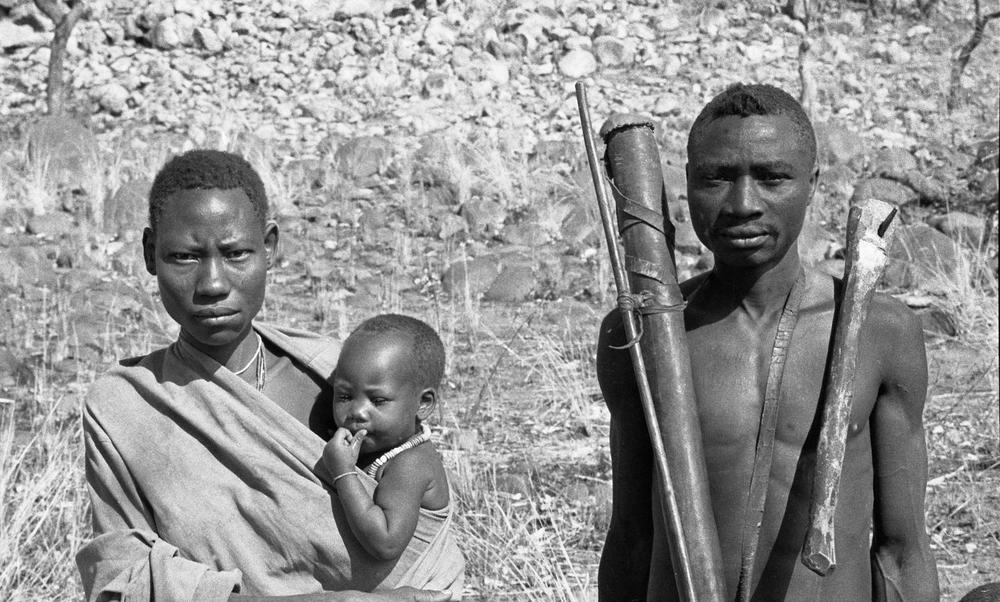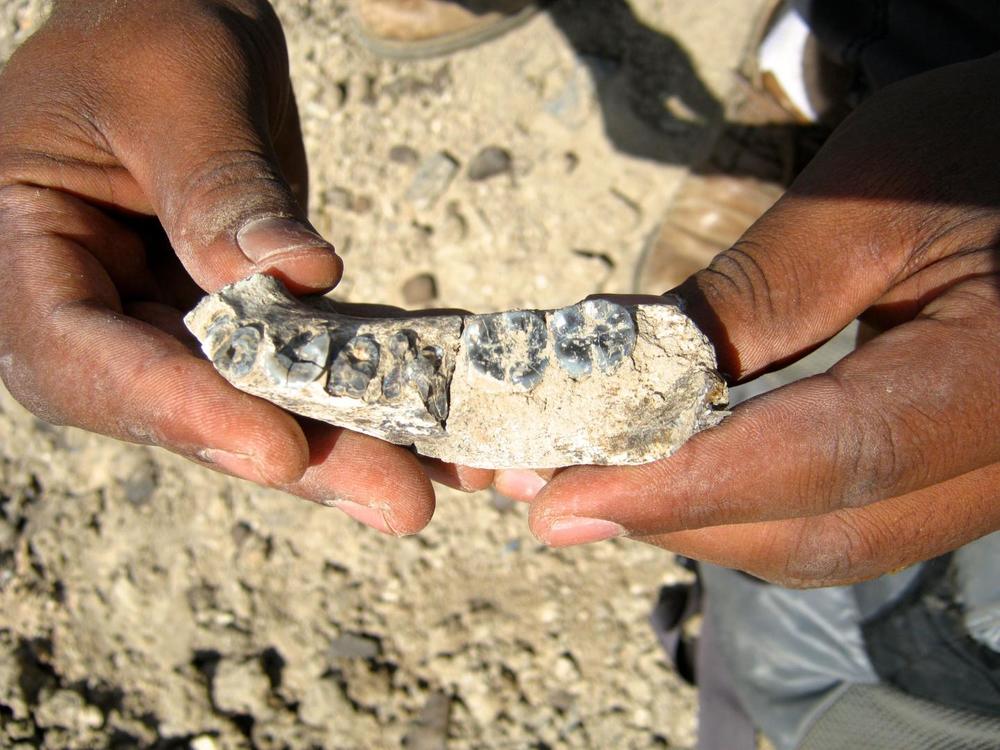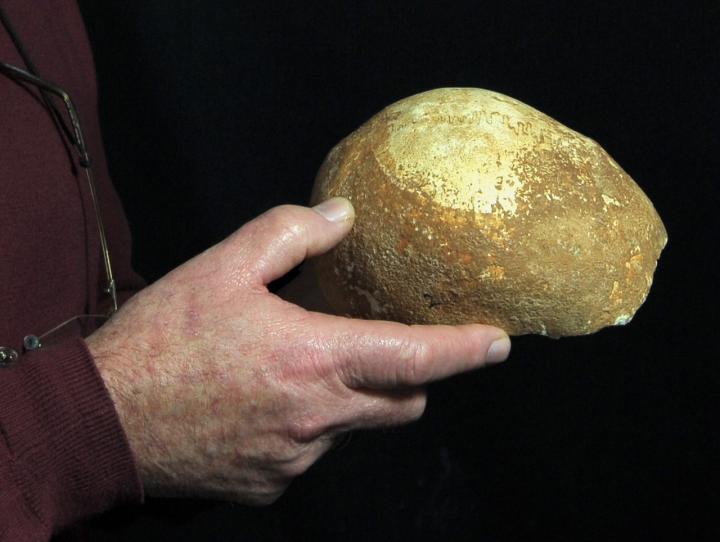In the News | Journal Article | Press Release
A new study proposes an alternative model of remote collaboration that can transform museum-based studies and create a more equitable and resilient research environment. A complementary preprint study validates this collaborative international approach.

Archaeological research often involves scientists traveling to study artifacts in museum collections in multiple countries before flying home again. The COVID-19 pandemic disrupted traditional scientific research on a global scale and revealed the vulnerabilities of research relying on international travel. The disruption, however, also inspired innovation and opened new opportunities for working together across international borders.
A new study published in Lithic Technology proposes a more collaborative and sustainable way to conduct museum-based research. The work was jointly funded by The Leakey Foundation, the Wenner Gren Foundation, the Arts and Humanities Research Council, and the Lithic Studies Society.
Author Lucy Timbrell, a Ph.D. student at the University of Liverpool, suggests that instead of scientists individually visiting museums to study collections, remote alternatives can support local researchers in host countries co-leading on international projects. In the study, Timbrell provides a framework for collaborative research, including standardized protocols for photographing and measuring artifacts and guidelines for curating, storing, sharing, and publishing data.
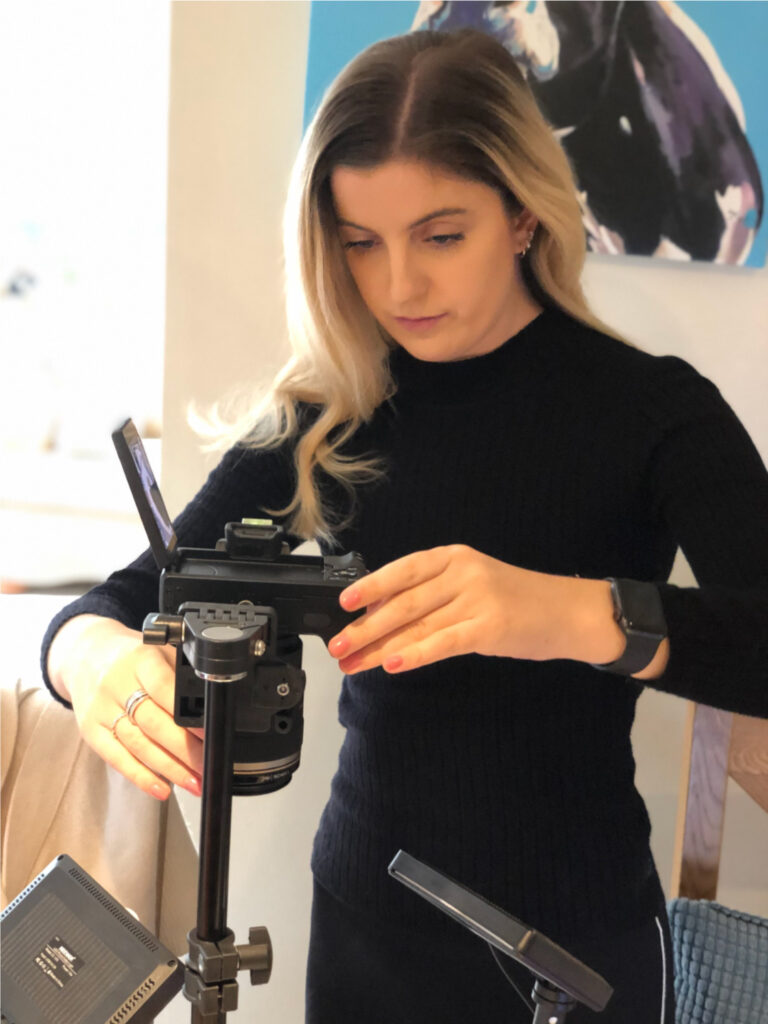
Timbrell came up with the idea for the remote method when the Covid-19 pandemic halted her plans to collect data for her dissertation. “I had big ideas about traveling for my research and had begun planning trips to museums to access the African stone tool artifacts housed there,” says Timbrell. “As the pandemic hit and lockdowns persisted much longer than anyone had anticipated, I realized I would need to adapt.”
Timbrell connected with colleagues at the museums she had planned to visit, and together they discussed how a remote collaboration could function. The collaborative data collection framework was born from these discussions.
“The research we undertook collaboratively goes a long way in highlighting the need to build capacity between institutions to ensure resilience even in the face of the adversity of the pandemic,” said Dr. Emmanuel Ndiema, Head of Archaeology of the National Museums of Kenya and collaborator on the project. “We look forward to strengthening such collaborations.”
However, a significant concern for any study involving multiple collaborators is the introduction of error. Minor variations due to differences in equipment and measuring techniques can create inaccurate data when combining data from multiple sources.
An analysis of the effects of such error was tested by the large international team led by Timbrell. The results were released as a preprint on Research Square. “Excitingly, our results show that, when following photography and measuring protocols, data from all of the participating museums are relatively comparable,” says Dr. Kimberly Plomp, collaborator on the study and researcher at the University of the Philippines and Simon Fraser University in Canada.

To test their methods, the researchers needed identical sets of stone tools to use as a reference. The team enlisted Christopher Scott, Senior Archaeological Technician at the University of Liverpool, to make a set of stone tools, scan them, and print 3D models.
A copy of the 3D printed stone tools was then sent to each institution – the National Museums of Kenya, the National Museum of Ethiopia, Iziko Museums of South Africa, Mossel Bay Archaeological Project (South Africa), Institut National des Sciences de l’Archéologie et du Patriome (Morocco) and Musée de l’Homme (France). Each collaborator measured their copy of the reference collection – following the same protocols used to record the actual artifacts. “To our knowledge, this innovative 3D printing approach has not yet been applied in studies of error analyses, “ says Scott. “However, we think it could be an effective way for large-scale international projects to validate their results.”
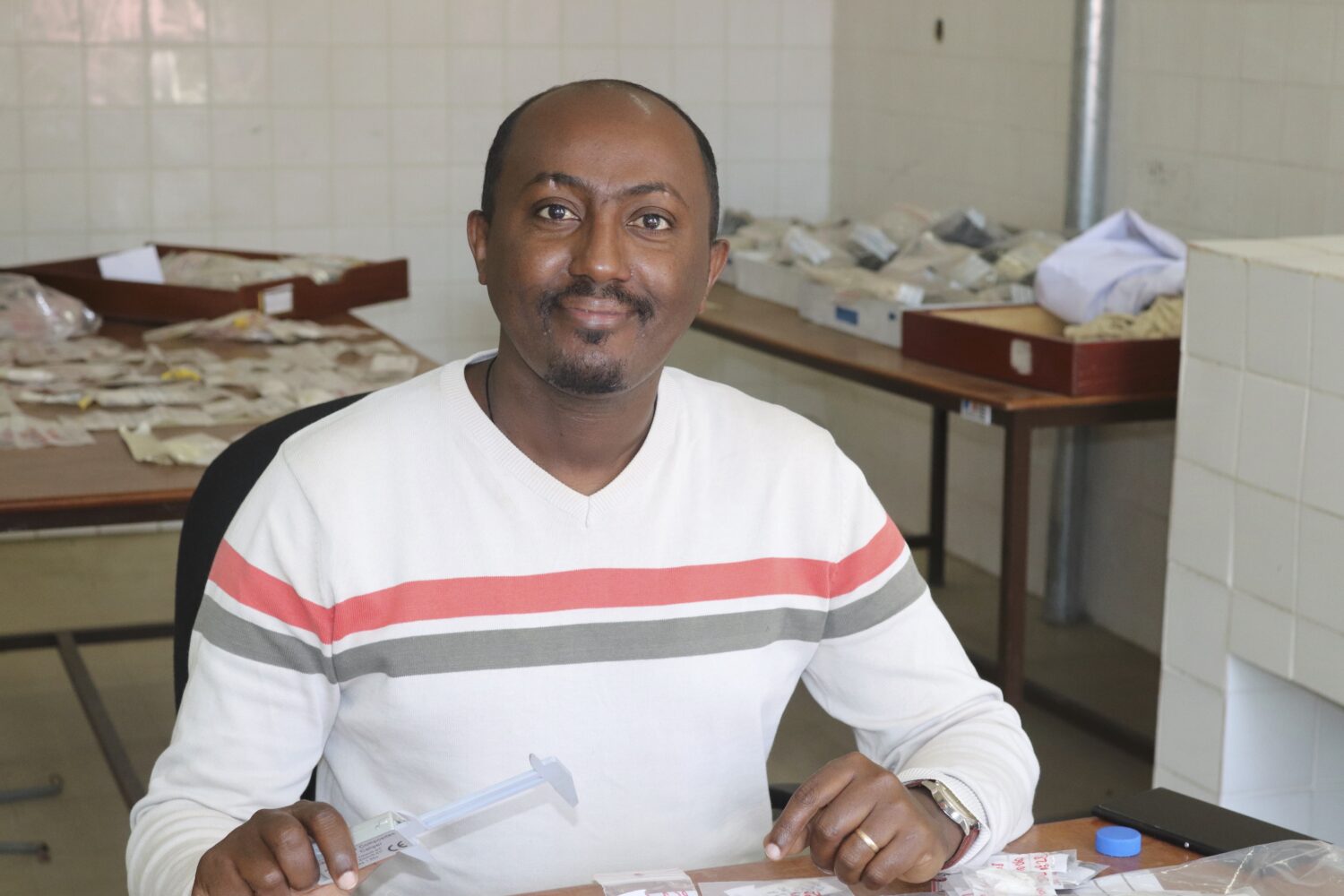
“Robust remote models of archaeological research are fundamental for future-proofing archaeological research against disruptive events like natural disasters, climate change, and future pandemics,” says Timbrell. Additionally, Timbrell points to the benefits of remote collaborations for “fostering knowledge-sharing across the Global North-South divide, decreasing carbon emissions associated with international science, and improving the accessibility of museum collections, including by increasing the equity of their availability.”
“Work as this not only makes for broad collaborative research but helps develop successful models with a diverse team,” says Dr. Wendy Black, Curator of Archaeology at Iziko Museums of South Africa and collaborator on the project. “More importantly, African archaeologists and curators are included in global-scale African archaeology projects, which has often been overlooked in the past.
Co-author Dr. Behailu Habte, Curator of Prehistoric Collections at the National Museum of Ethiopia, echoes those sentiments. “During this time, I have been empowered to collect, analyze, and discuss the data together with international colleagues,” he says. “As we share data and ideas, it has widened the space for free movement and exchange of knowledge and makes the scientific community feel more connected and collaborative than before.”
Lucy Timbrell (2022) A Collaborative Model for Lithic Shape Digitization in Museum Settings, Lithic Technology, DOI: 10.1080/01977261.2022.2092299
